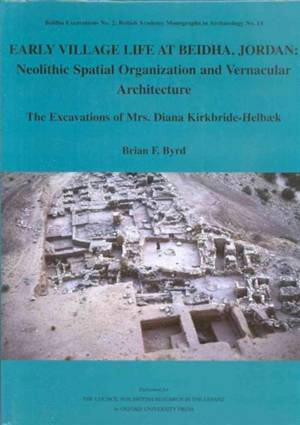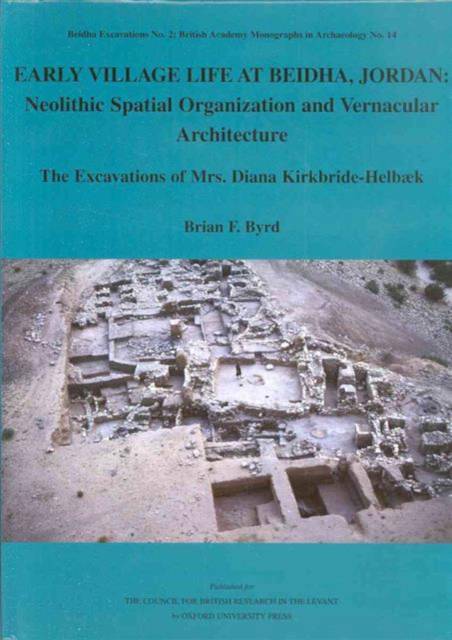
- Afhalen na 1 uur in een winkel met voorraad
- Gratis thuislevering in België vanaf € 30
- Ruim aanbod met 7 miljoen producten
- Afhalen na 1 uur in een winkel met voorraad
- Gratis thuislevering in België vanaf € 30
- Ruim aanbod met 7 miljoen producten
Early Village Life at Beidha, Jordan: Neolithic Spatial Organization and Vernacular Architecture
The Excavations of Mrs. Diana Kirkbride-Helbæk
Brian F Byrd
€ 41,95
+ 83 punten
Omschrijving
This case study rigorously investigates village spatial organization and vernacular architecture of the Early Neolithic village of Beidha in southern Jordan. Around 10,000 years ago, humans began to establish farming villages in a variety of settings across Southwest Asia. Yet the changes in community social organization associated with this fundamental economic development have remained largely unexplored. This volume reveals that fundamental changes occurred over time in the built environment. Individual households became more independent and public buildings were increasingly important venues for conducting community-wide activities that served to integrate the village. This study will be of interest both to Southwest Asian archaeologists and all those interested in how early villages were formed.
Specificaties
Betrokkenen
- Auteur(s):
- Uitgeverij:
Inhoud
- Aantal bladzijden:
- 466
- Taal:
- Engels
- Reeks:
- Reeksnummer:
- nr. 14
Eigenschappen
- Productcode (EAN):
- 9780197270134
- Verschijningsdatum:
- 4/08/2005
- Uitvoering:
- Hardcover
- Formaat:
- Genaaid
- Afmetingen:
- 302 mm x 221 mm
- Gewicht:
- 2258 g

Alleen bij Standaard Boekhandel
+ 83 punten op je klantenkaart van Standaard Boekhandel
Beoordelingen
We publiceren alleen reviews die voldoen aan de voorwaarden voor reviews. Bekijk onze voorwaarden voor reviews.










